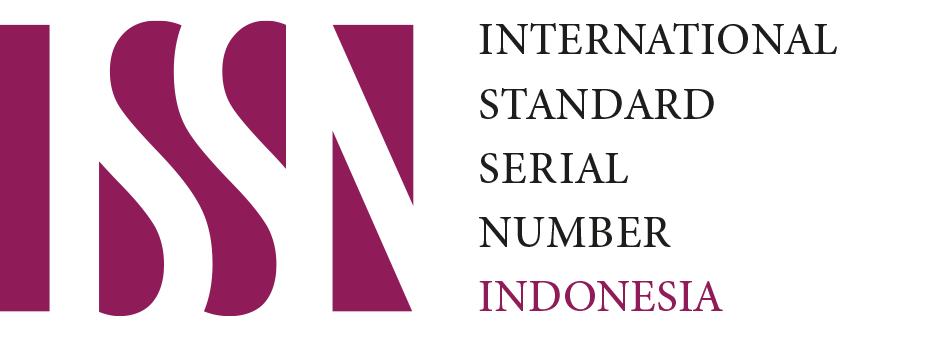The Influence of Financial Knowledge, Lifestyle, and Religiosity on the Consumption Patterns of State Civil Apparatus (ASN) in the Bangka Regency Government
Abstract
In Islamic economics, consumption is regarded as an essential aspect of achieving falah (prosperity) that must align with Islamic principles. However, the recent phenomenon of State Civil Apparatus (ASN) exhibiting consumerist and hedonistic lifestyles on social media has triggered public criticism. Since the income of ASN employees is financed through public taxes and remains relatively stable, they are expected to demonstrate financial prudence and simplicity. This study examines the effects of financial knowledge, lifestyle, and religiosity on the consumption patterns of ASN employees within the Bangka Regency Government. This research applied a quantitative inferential approach using multiple regression analysis with the assistance of SPSS 26.0. The study involved 160 respondents, obtained through both online and printed questionnaires distributed between September and October 2024. The findings reveal that financial knowledge (p = 0.001) and religiosity (p = 0.000) significantly influence consumption patterns, while lifestyle (p = 0.604) does not. Simultaneously, all three independent variables significantly affect consumption patterns (F = 19.028, p < 0.05). The results emphasize the crucial role of financial literacy and religiosity in shaping rational and ethical consumption behaviors among ASN employees, highlighting the need for stronger moral and financial education within the civil service sector.









.png)

